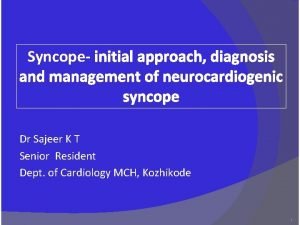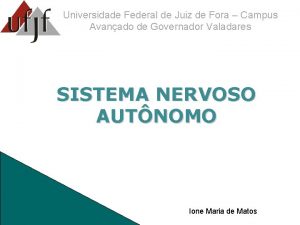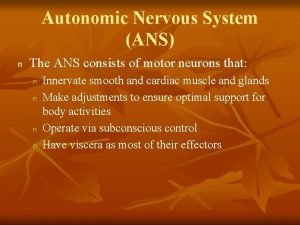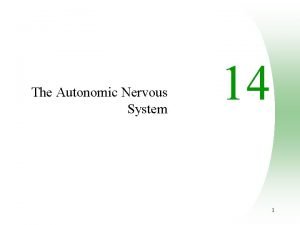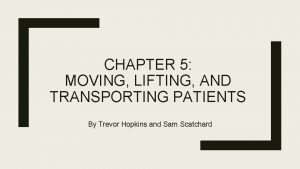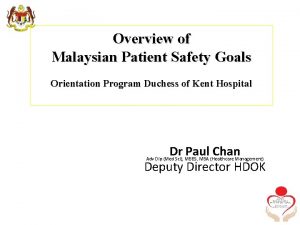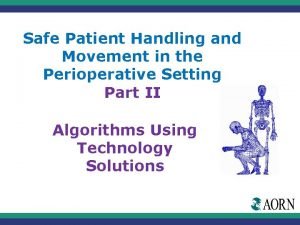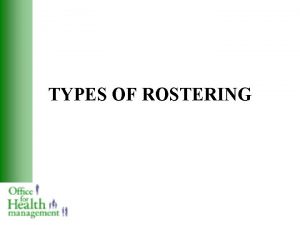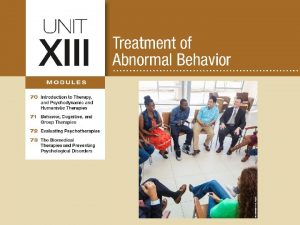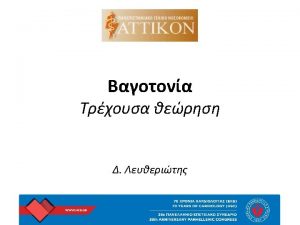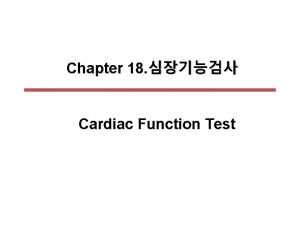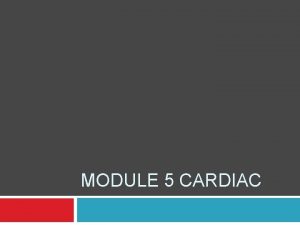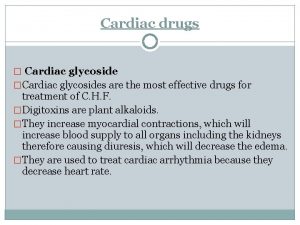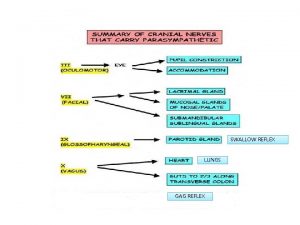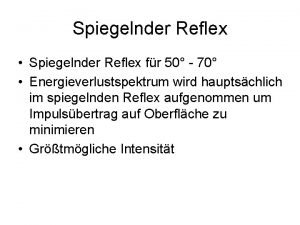LOGO Vasovagal Reflex in Pediatric Patients with Cardiac












- Slides: 12

LOGO Vaso-vagal Reflex in Pediatric Patients with Cardiac Catheterization : Integrative Literature Review Researchers Tassaniya Kraisornsawat, RN Urathip Usahawong, RN Suwanna Salapsri, RN Sunpasitthiprasong hospital, Thailand May 23, 2017

OUTLINE 1 Introduction 2 Purpose 3 Method 4 Result 5 Discussion

Introduction v Vaso-vagal reflex is a significant and common complication in pediatric patients with cardiac catheterization. v Vaso-vagal reflex includes several symptoms, such as Ø tachycardia, pressure, lightheadedness, nausea, or cyanosis, that are severe threats to cause death.

Introduction (Cont. ) v 9. 2% Finding Vaso-vagal reflex: Hypotension, pallor, bradycardia is foreign-complication in pediatric patients with cardiac catheterization. (Seyed, Maria, Azadeh, Fatemeh&Mojgan, 2009) v 40% in Sunprasitthiprasong Hospital (2013 -2015) v Question : What is Vaso-vagal Reflex in pediatric patients with cardiac catheterization?

Purpose of the Study The study was conduction to: collect and synthesize research evidence on Vaso-vagal reflex among pediatric patients with cardiac catheterization.

Method Key words • Vaso-vagal reflex • cardiac catheterization • Integrative literature review • research utilization • practice guideline • nurse practitioner Reviewed, analyzed, and synthesized. published research and grey literature between 2006 and 2016. Pub. Med, CINAHL, Science direct , OVID Medline , Google scholar Evidence base : Melnyk & Fineout. Overholt, 2005

Evidence base : Melnyk & Fineout-Overholt, 2005

Results

Results(Cont. )

Results(Cont. ) Analyzed and synthesized included 3 aspects Assessment of disorders and complications. Because pediatric patients with cardiac catheterization experienced changes in emotional and behavioral signs, nurses should concern and focus on these changes. to Prevent Nursing to Prevent irregularities and complications. Nurses need to care of the pediatric patients to reduce the pain, reducing anxiety and reducing fear. Complications Nursing Complications. Nurses care of the patients to get drugs or fluids to cause nausea and vomiting. Moreover, they nurse the patients with Trendelenburg position to prevent vaso-vagal reflex.

Discussion Although there was little paper about the vaso-vagal reflex among pediatric patients with cardiac catheterization, it was the fundamental information to study and develop nursing practice guidelines based on the evidence vasovagal reflex in pediatric patients with cardiac catheterization for the future research.

LOGO For Your attention
